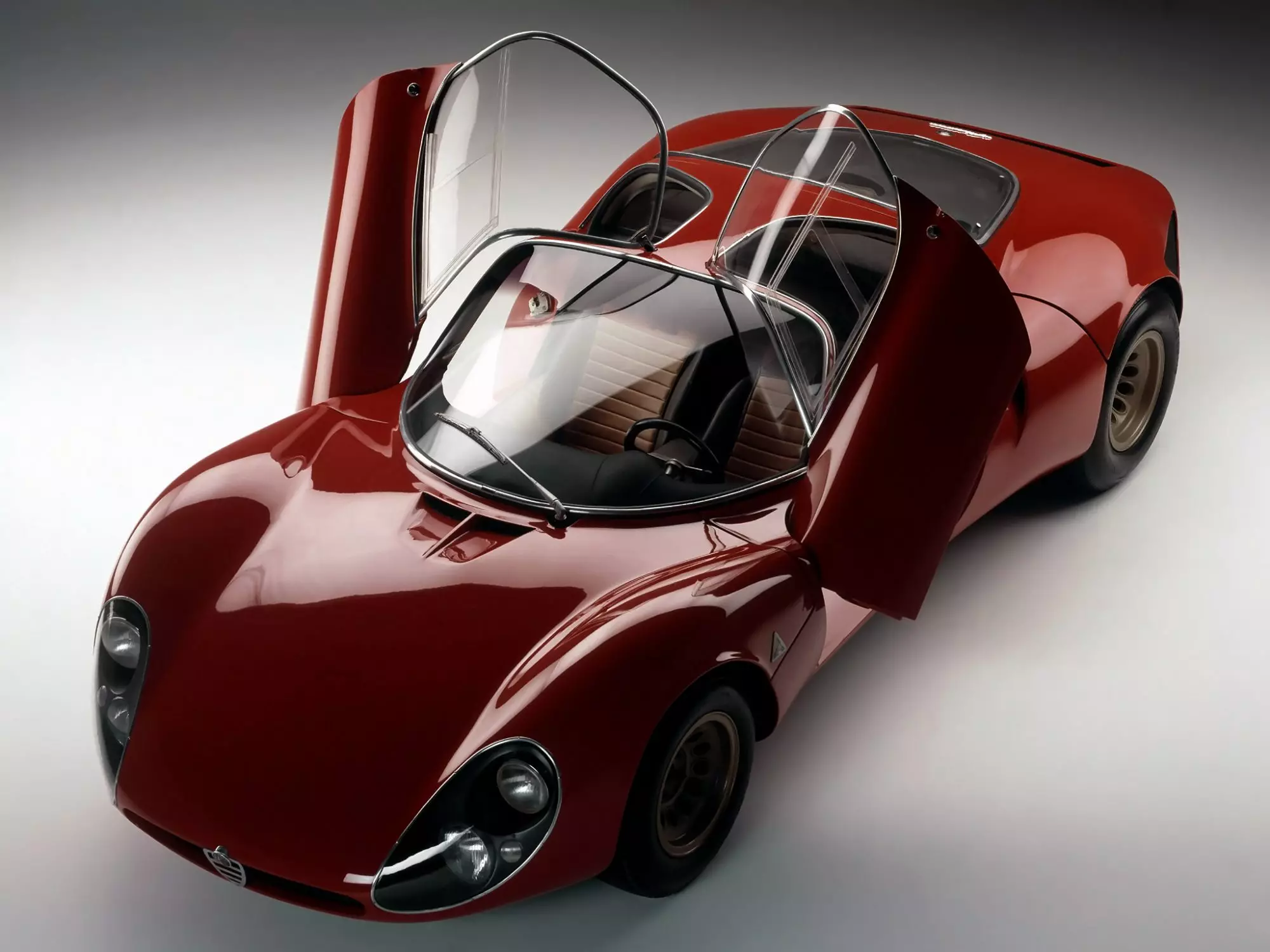There is no possible hyperbole when referring to the Alfa Romeo 33 Stradale . It is remarkable that this “race car with license plate” continues to exert such a strong emotional response for those who admire it, despite having been unveiled in the distant year of 1967.
It's the kind of creation that makes us believers. The reasons behind its birth are of little importance when this is the final result.
The 33 Stradale was born when the Italian brand returned to the top echelon of the various endurance championships existing at the time. Developed by Autodelta, the brand's competition department, the Tipo 33 would be a regular and winning presence on the circuits, going through several versions and evolutions during the 10 years of its career — from 1967 to 1977.
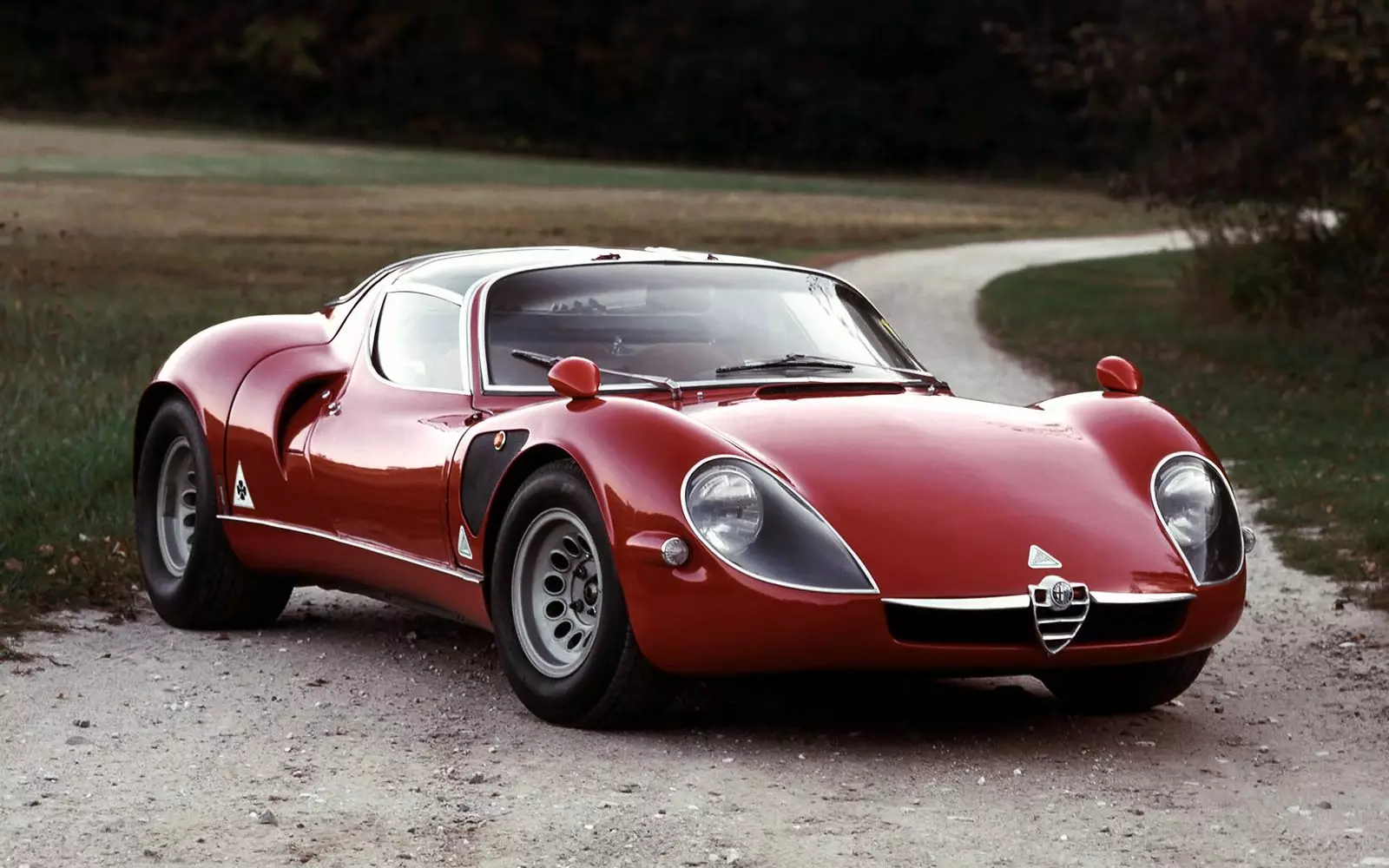
just the indispensable
The 33 Stradale would be presented in the very first year of the Type 33's entry on the circuit, during the Italian Formula 1 Grand Prix in Monza, reinforcing its connection with the competition. As the name implies, it was a Type 33 approved for use on public roads. From the competition model, he inherited… everything.
Subscribe to our newsletter
From the tubular chassis to the engine. They only changed the bare minimum so that it could be driven on the road. The curvaceous, even elegant and delicate style concealed a creature very little given to civility. “Only what is essential” was taken to the letter and not even locks on the doors or mirrors were placed. Permissive rules, no?
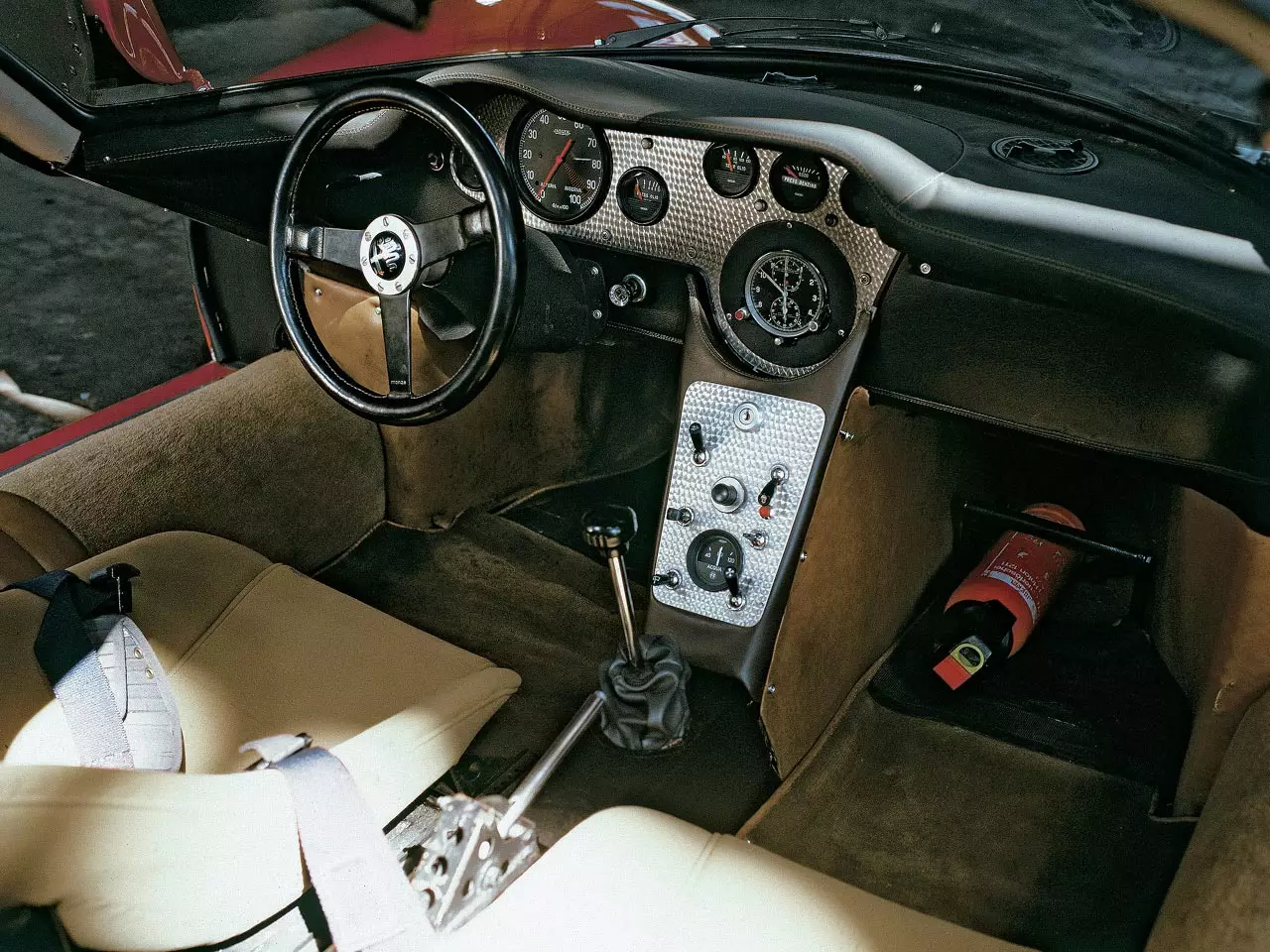
a very special cuore
Underneath the masterfully sculpted aluminum skin by the ingenious Franco Scaglione lurked a very special cuore. Derived directly from the Type 33, the meager 2.0 l capacity concealed eight cylinders arranged in a 90° V-shape. Like the competition car, it used a flat crankshaft, two spark plugs per cylinder (Twin Spark) and had an absurd rev ceiling — 10 000 rotations per minute!
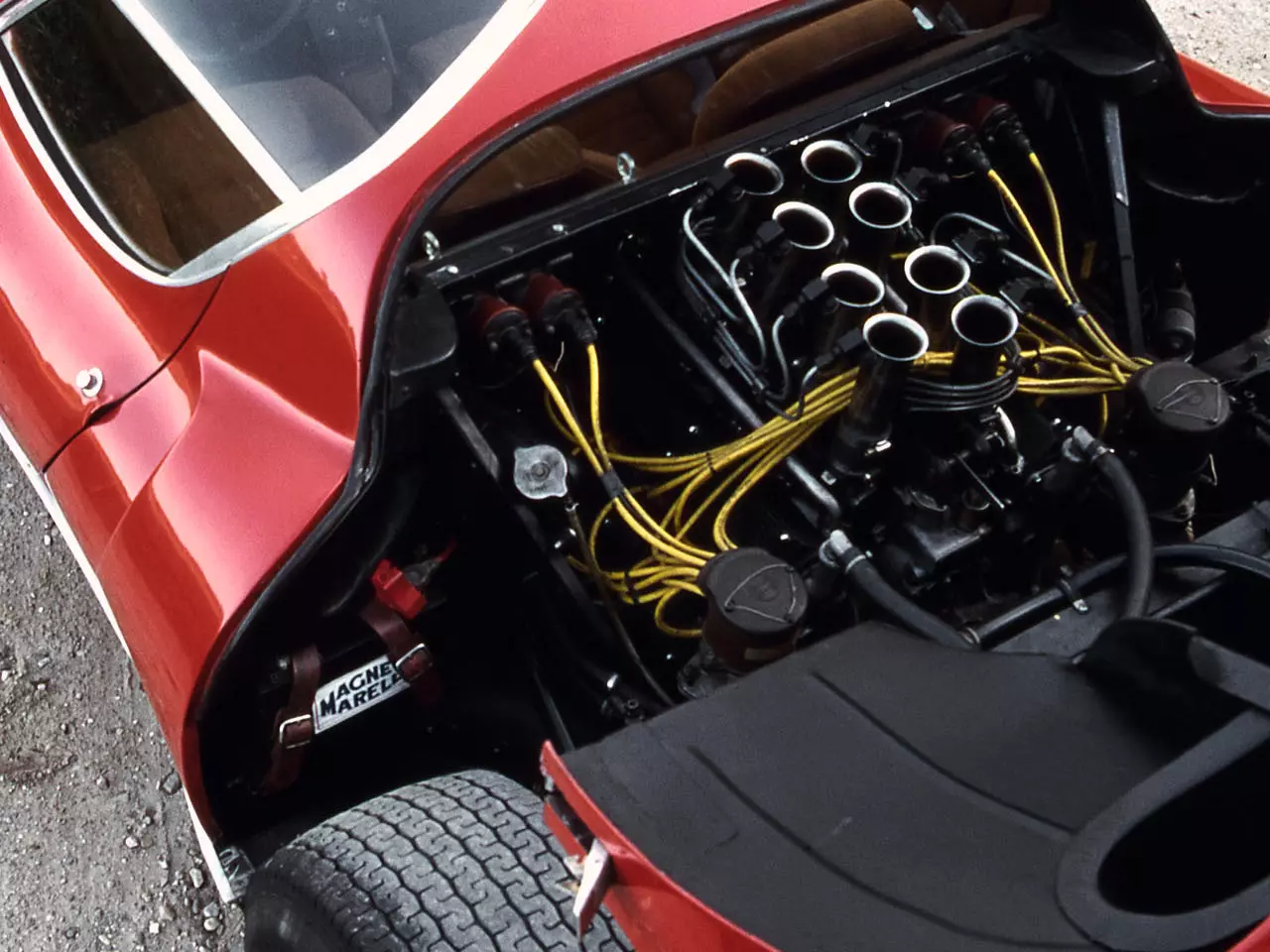
Once again, let us remember that we were in 1967, where this engine was already happily surpassing the 100 hp/l barrier without resorting to any type of supercharging. Official figures indicate around 230 hp at 8800 rpm and 200 Nm at a very high 7000 rpm.
We say official, because of the (alleged) 18 Alfa Romeo 33 Stradale produced over 16 months, they all differed from each other, either in appearance or in specification. For example, the first production Stradale was registered with distinct numbers: 245 hp at 9400 rpm with a road exhaust system and 258 hp with free exhaust.
Even at that time the 230 hp could seem low when there were other supersports like the Lamborghini Miura that claimed 350 hp extracted from a much larger V12. But the 33 Stradale, derived directly from a competition car, was light, even very light. Only 700 kg dry — the Miura, as a reference, added more than 400 kg.
The result: the Alfa Romeo 33 Stradale was one of the fastest cars in acceleration at the time, for requiring only 5.5s in the 0 to 96 km/h (60 mph) . The Germans from Auto Motor und Sport measured just 24s to complete the starting kilometer, being at the time the fastest to achieve it. Top speed, however, was lower than that of rivals — 260 km/h — with modest power perhaps the limiting factor.
all different all the same
Of the 18 units, all produced by hand, one unit stayed with Alfa Romeo, which can be seen in its museum, six were delivered to Pininfarina, Bertone and Italdesign, from which some of the most daring concepts of the time were derived — many anticipating the which would be the future of car design — and the rest handed over to private customers.
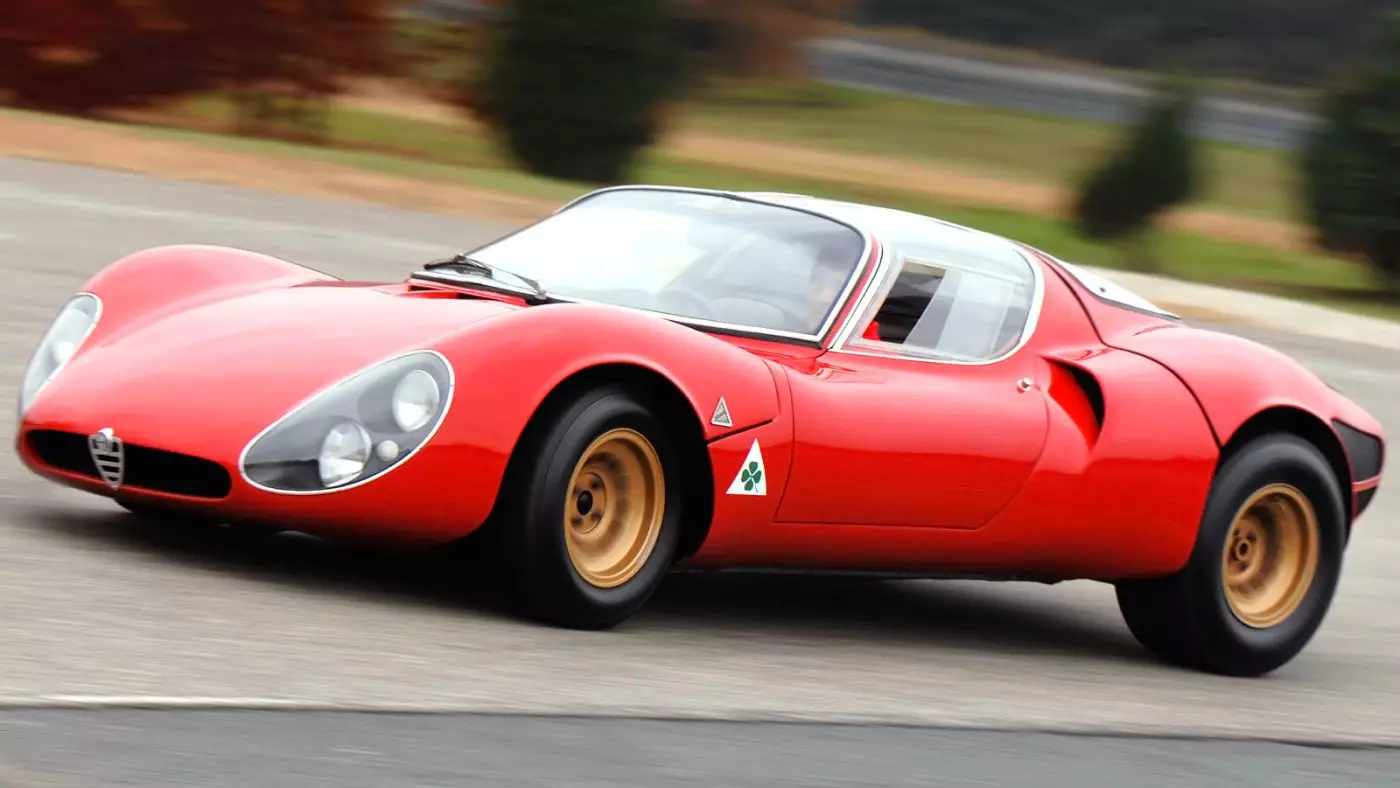
Alfa Romeo 33 Stradale Prototype
As already mentioned, its handcrafted construction meant that there is no 33 Stradale equal to another. For example, the first two prototypes featured dual front optics, but that solution would be abandoned for a single optic, as regulations required them to be at a certain minimum distance from the ground.
The air inlets and outlets also varied widely from unit to unit, whether in their number, location, dimension and shape. Some Stradale 33s had two wiper blades, others had only one.
Common to all of them were compact dimensions—length and width at the level of a current B-segment—the beautiful, sensuous curves defined by Scaglione, and the butterfly-wing or dihedral doors 25 years before they made their presence felt in the McLaren F1. The Campagnolo magnesium wheels were tiny considering today's exaggeration — just 13" in diameter — but wide at 8" and 9" at the rear.
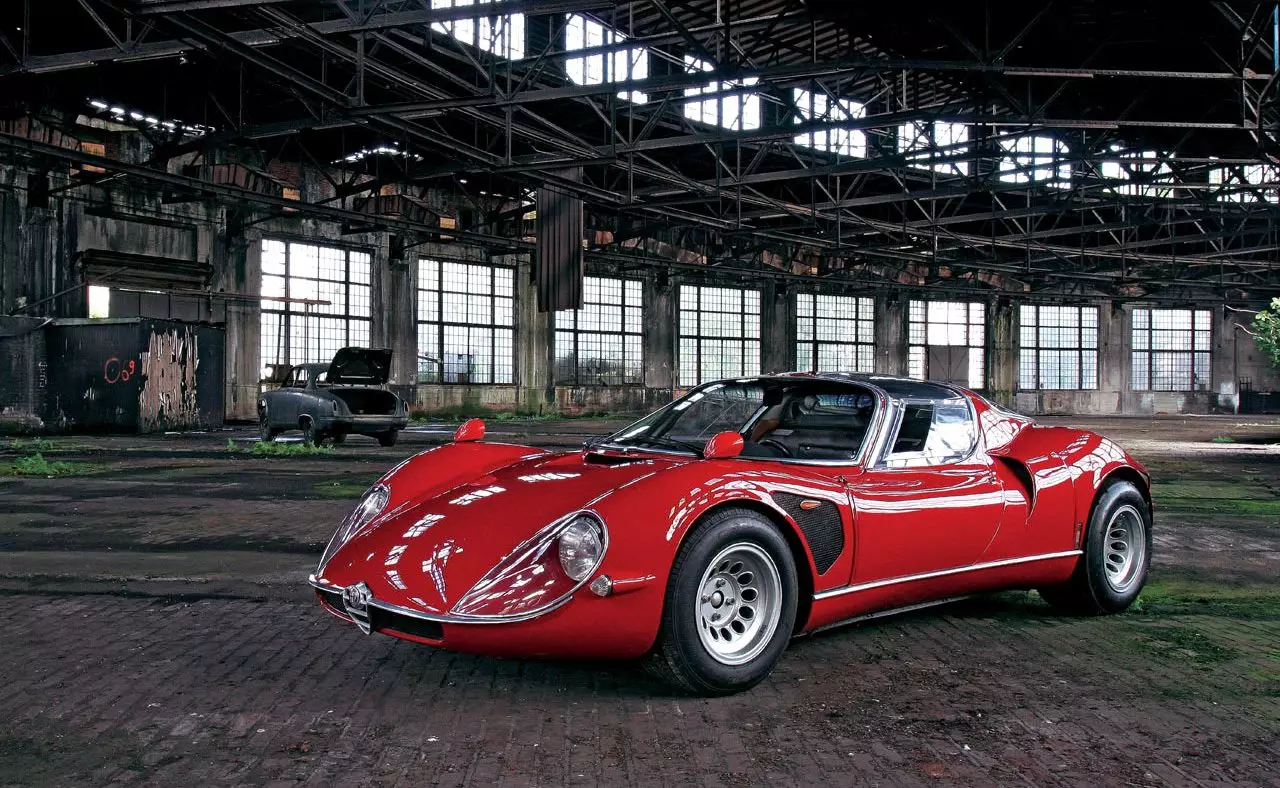
Alfa Romeo 33 Stradale
“33 La bellezza necessaria”
Why there are so few units for a machine so appreciated and desired may be in its price when new. It even surpassed that of the Lamborghini Miura by a wide margin. Nowadays it is estimated that the most desirable of the post WWII Alfa Romeo can ascend to 10 million dollars . But it's hard to be sure of its value, as one rarely comes up for sale.
Alfa Romeo is celebrating the 50th anniversary of the 33 Stradale (NDR: as of the original publication date of this article) with an exhibition that will open on August 31 at the brand's Museo Storico in Arese, Italy.
